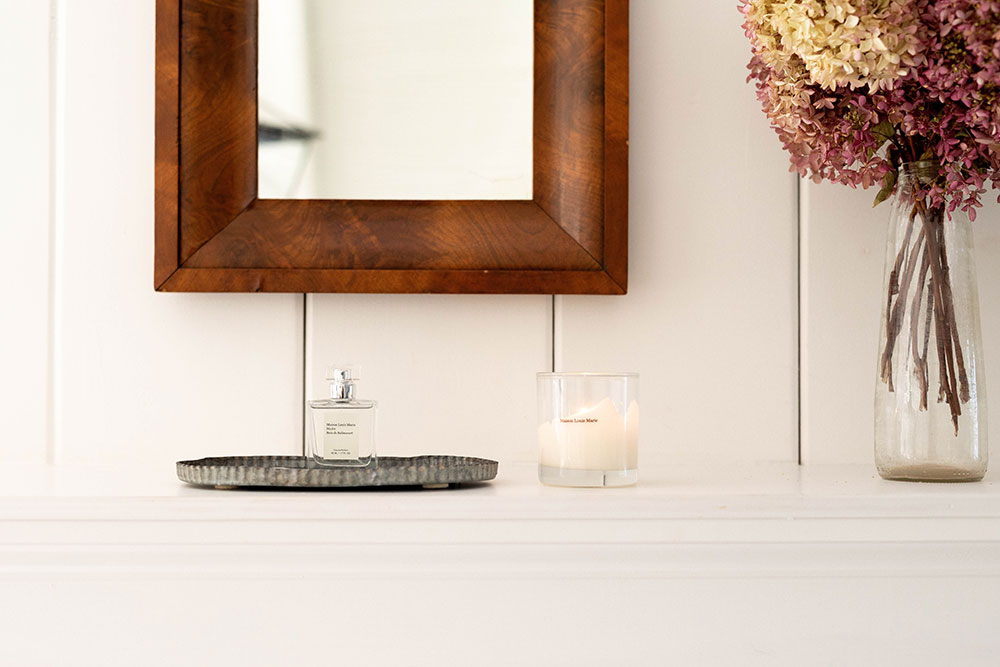Welcome to CondoCosmetics INC.
Welcome to CondoCosmetics INC.
Vanities installation Guide

Let’s take a look at vanities installation. The process may seem daunting to do by yourself, but it’s much easier than you imagine.
Plan your installation before purchasing a new bathroom vanity. To what purpose did you give up your previous vanity? Is there a shortage of counter space in this room? What if we added another one? Once you’ve decided on the style of vanity you want, determine how much floor space you have available. Ensure that your measures are accurate by taking your time and re-measuring the area at least twice or three times. For some homeowners, showrooms are the best option for purchasing bathroom vanities since they can touch the objects to get a sense of how they will look in their bathrooms.
As we mentioned, it’s always a good idea to measure your bathroom and any existing plumbing before purchasing a new vanity or sink.
There is no such thing as always the same applicable standard for bathroom vanities and sinks. In some cases, the vanity will be installed first; then, the sink will be installed on top of the vanity. There are certain vanity and sink sets that come pre-assembled from the manufacturer.
You can switch off the water supply at the sink or the main shutoff valve.
Disconnect the supply lines for hot and cold water. Always have a bucket or container available to catch the water, as well as a towel to dry yourself up with.
Dispose of the drain trap. Fill it with water, but don’t worry about it.
A utility knife can cut around the sink or backsplash so that you don’t damage the sheetrock or pull the plaster from the wall when you remove it.
Before the vanities installation, you need to remove any screws or bolts holding the sink or cabinet to the wall and remove them from the wall.
You may want to enlist the aid of a friend to help you remove the sink and cabinet. Pulling the vanity cabinet out from under the sink may be more convenient in some cases.
Spend some time redecorating now that the vanities installation is nearing its conclusion. Make repairs to the walls and floors and consider installing new carpet or tile at this time. It’s always good to get a new light fixture.
This is a good time to install the new sink faucet rather than doing it while laying flat on your back and craning your neck to reach inside the cabinet underneath.
You’ll save yourself some time and aggravation later on if you connect the supply lines to the faucet right now.
The new drain kit must be put in place first. Rubber washers are commonly included in drain kits. You can put a little silicone layer before fitting the drain flange on the sink to prevent leaks.
The vanities installation should be done before the sink is an option in some situations.
Keep a close eye on the walls as you install the vanity and sink in the bathroom.
Make sure the cabinet is level before moving on. A shim may be necessary.
Locate the studs in your wall (typically 16 inches on center). Use three-inch screws to fasten the cabinet to the wall studs.
The last step in the vanities installation process is to close the shutdown valves by wrapping Teflon tape around the threads a few times. Tighten both shutdown valves with a wrench now that you’ve connected your supply lines.
The drain trap should be attached to the sink and the waste pipe. Only tighten by hand.
Turn on the water supply and check for water leaks.